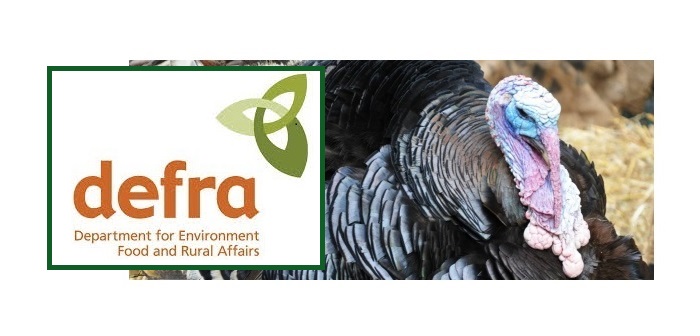The risk to the UK of the incursion of a wild bird infected with H5N8 HPAI in the coming weeks has significantly increased to medium from low according to Defra’s International Disease Monitoring.
The risk to poultry farms, meanwhile, is described by Defra as remaining “low but heightened” although it also commented that this risk depended on the level of biosecurity which was in place on farms.
“Currently eight countries in Europe (Austria, Croatia, Denmark, Germany, Hungary, Netherlands, Poland and Switzerland) have reported numerous detections of H5N8 HPAI, between November 3 and 11,” said Defra. “These outbreaks have effected various wild bird species including Tufted Ducks (Aythya fuligula), Coots (Fulica atra), Common Pochard (Aythya ferina), gull species, curlews, wild geese and wild swans. A number of these mortalities have been associated with wider wild bird mortality events.
“These findings suggest there are at least two potential migration routes for wild birds which may be infected with this virus strain. Firstly, Poland, Northern Germany, Denmark and Netherlands on a Northern Baltic route and, secondly, Croatia, Hungary, Southern Germany, Switzerland and Austria along a central European route to include the Danube and Mediterranean route Migratory birds are currently moving from the Baltic into NW Europe and the UK.”
Defra also warned that the pattern of this year’s reports is different from previous years (2014/15) when the virus was first detected in Europe.
“The mortality events and the species of wild waterfowl affected might indicate possible changes in virus pathogenicity and/or changes in host specificity,” said Defra. “However significant uncertainties exist at this early stage and other wild waterfowl species may be infected without mortality.”
The department’s conclusion, published at the end of last week, subsequently carried a strong biosecurity warning for producers.
“We would like to remind all poultry keepers to maintain high standards of biosecurity, remain vigilant and report any suspect clinical signs promptly,” said Defra.
“Poultry keepers should also remind themselves of the mild clinical signs of LPAI infection and be aware of any changes in egg production, feed and water intake or rise in mortality above baseline. Whilst clinical signs in chickens and turkeys with HPAI can be very marked with often rapid onset they may initially manifest as reductions in feed or water intake (>5%).
“Furthermore clinical signs in domestic waterfowl for this current strain of virus are less certain and may present as a wide spectrum with variable mortality. Any significant wild bird die-offs can be reported via the Defra helpline at defra.helpline(at)defra.gsi.gov.uk”


